For Ohioans stories
Putting our shared knowledge to work in communities around the state
Filters
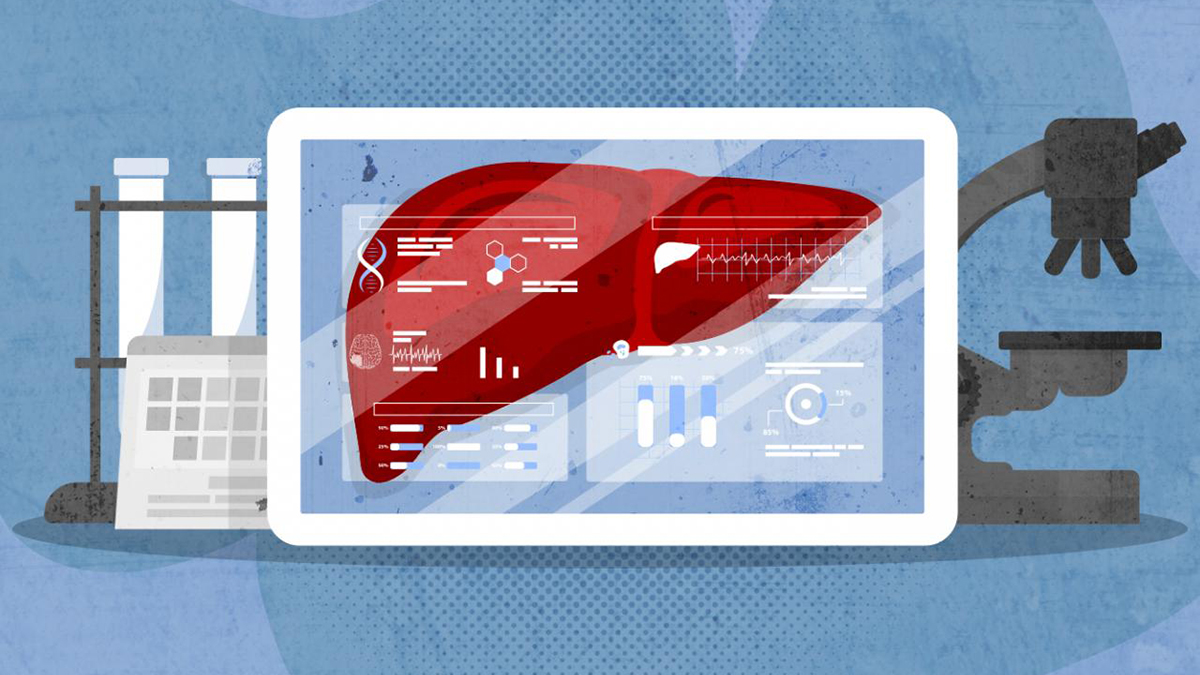 Revolutionizing organ transplantation
Revolutionizing organ transplantation Organ transplant surgeons have become miracle workers. What for centuries seemed impossible — taking an organ from a dead body and putting it into someone else to save a life — has become reality. But it’s not perfect. Sylvester Black and his colleagues within Ohio State’s COPPER Lab are trying to take transplantation to new levels to help even more people.
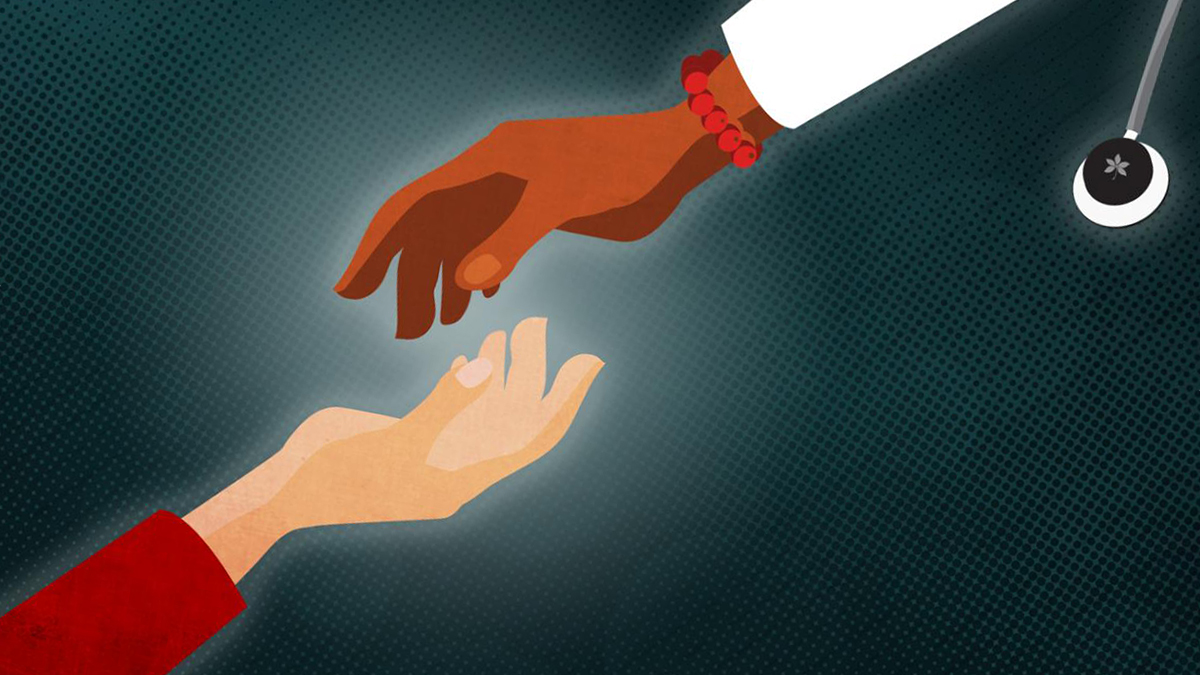 Better treatment for domestic violence survivors
Better treatment for domestic violence survivors After working years as a community advocate for survivors of domestic and sexual violence, Julianna Nemeth was convinced something wasn’t being addressed in treatment programs. So she returned to school for a PhD that would help her become an intervention scientist and create interventions that would pinpoint the needs of survivors.
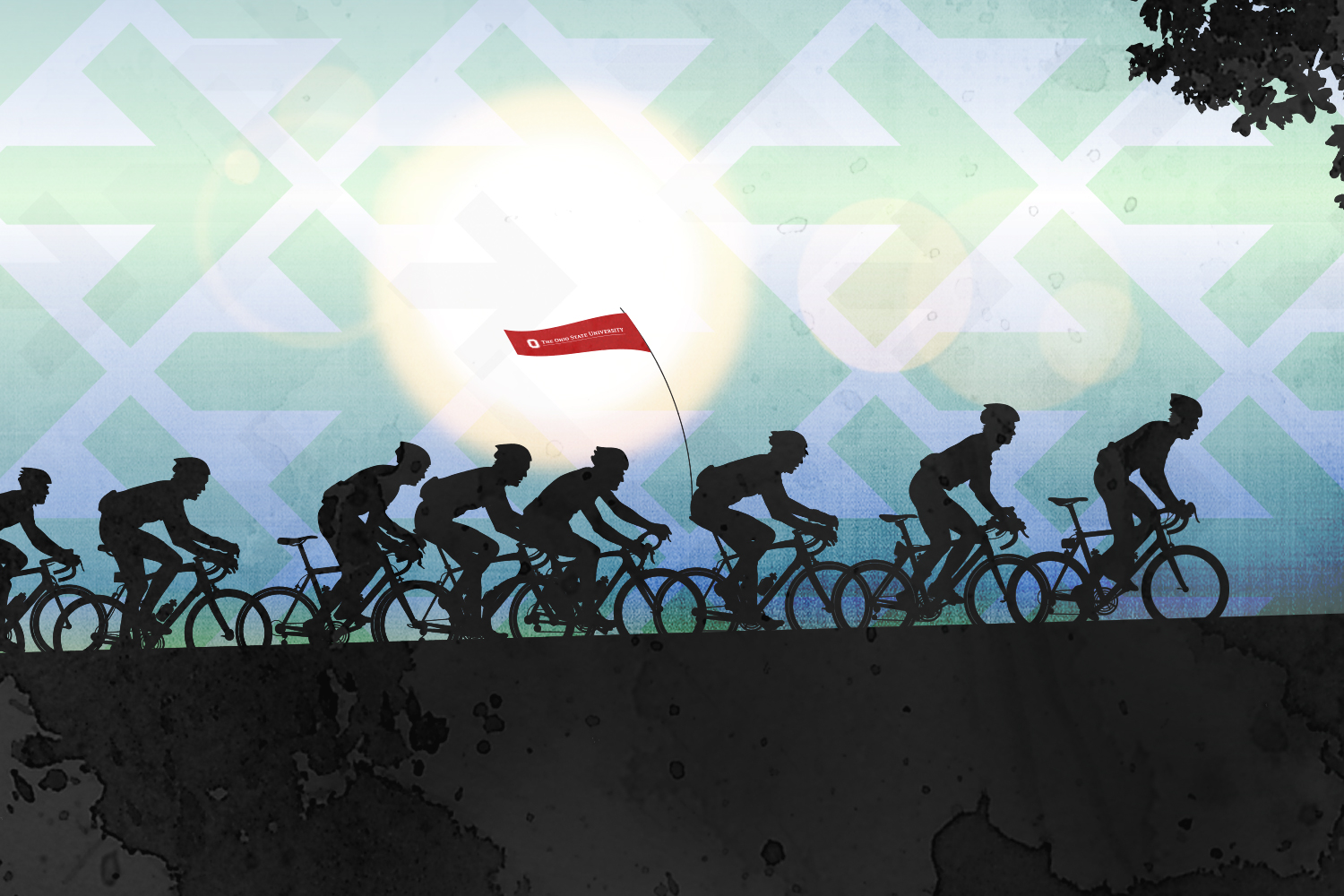 Pelotonia fueling breakthrough efforts in cancer battle
Pelotonia fueling breakthrough efforts in cancer battle In 12 years, Pelotonia has raised more than $225 million. Even with COVID-19 shutdowns in 2020, Pelotonia riders planned their own individual or socially distanced small-group activities and raised $10.5 million. It's also funded these five initiatives that have produced some amazing work and breakthroughs.
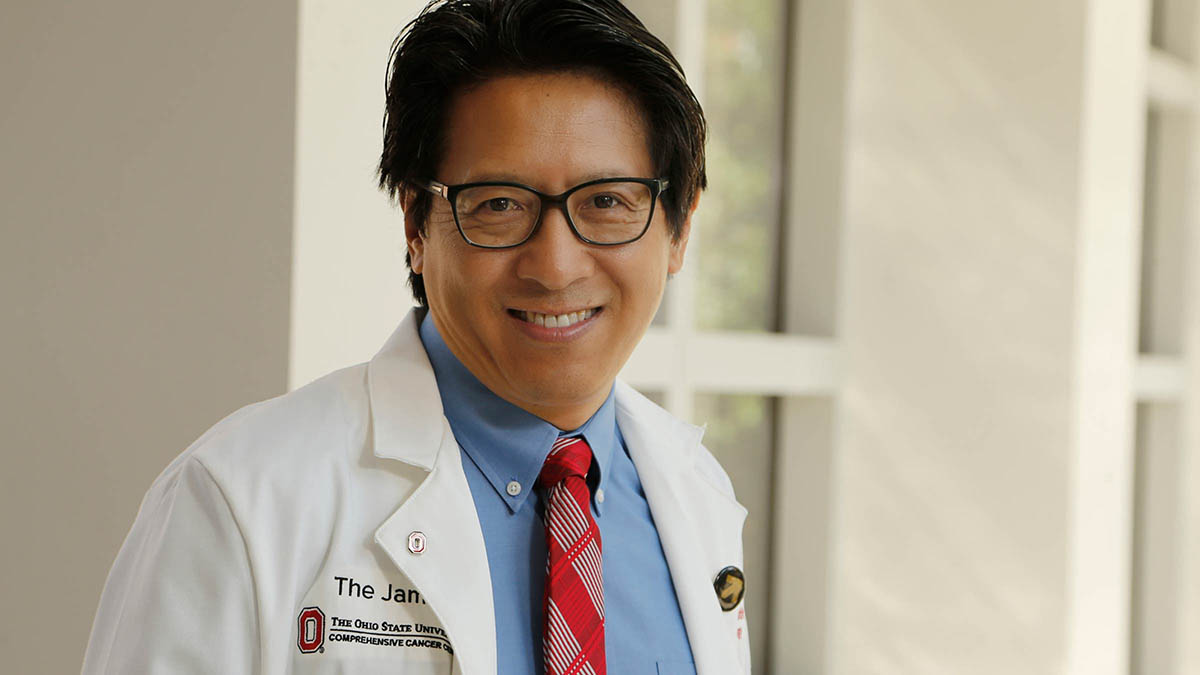 Recruiting your own immune system to fight cancer
Recruiting your own immune system to fight cancer When traditional means of fighting cancer — surgery, chemotherapy — don’t work, doctors sometimes try a more novel approach: immuno-oncology or immunotherapy. Currently, only about 20% of cancer patients are able to use immunotherapy to fight cancer. But that number is rising, according to Dr. Zihai Li, founding director of Ohio State’s Pelotonia Institute for Immuno-Oncology (PIIO).
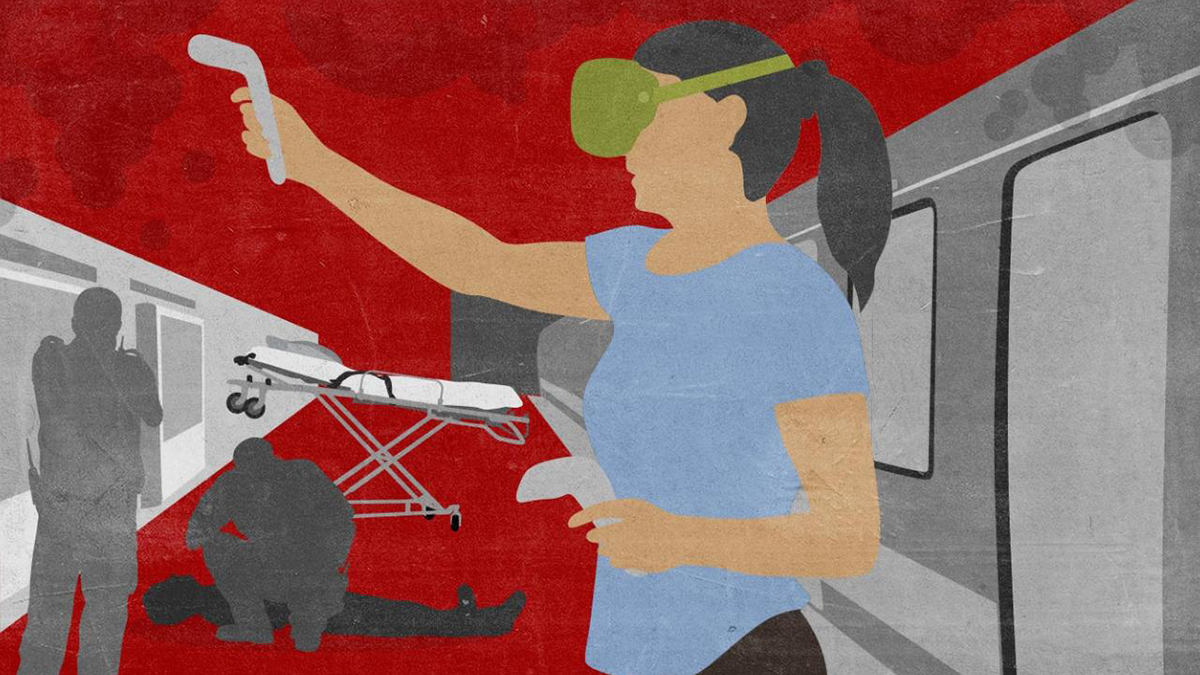 VR training helping disaster response
VR training helping disaster response Doug Danforth and Nick Kman have developed a VR training tool to help teach Ohio State’s medical students, emergency medicine residents, and first responders SALT triage. Danforth, who has a background in designing VR simulations for medical students, and Kman, a FEMA first responder and professor of emergency medicine, collaborated with other medical center faculty and designers from the Advanced Computing Center for the Arts and Design (ACCAD).
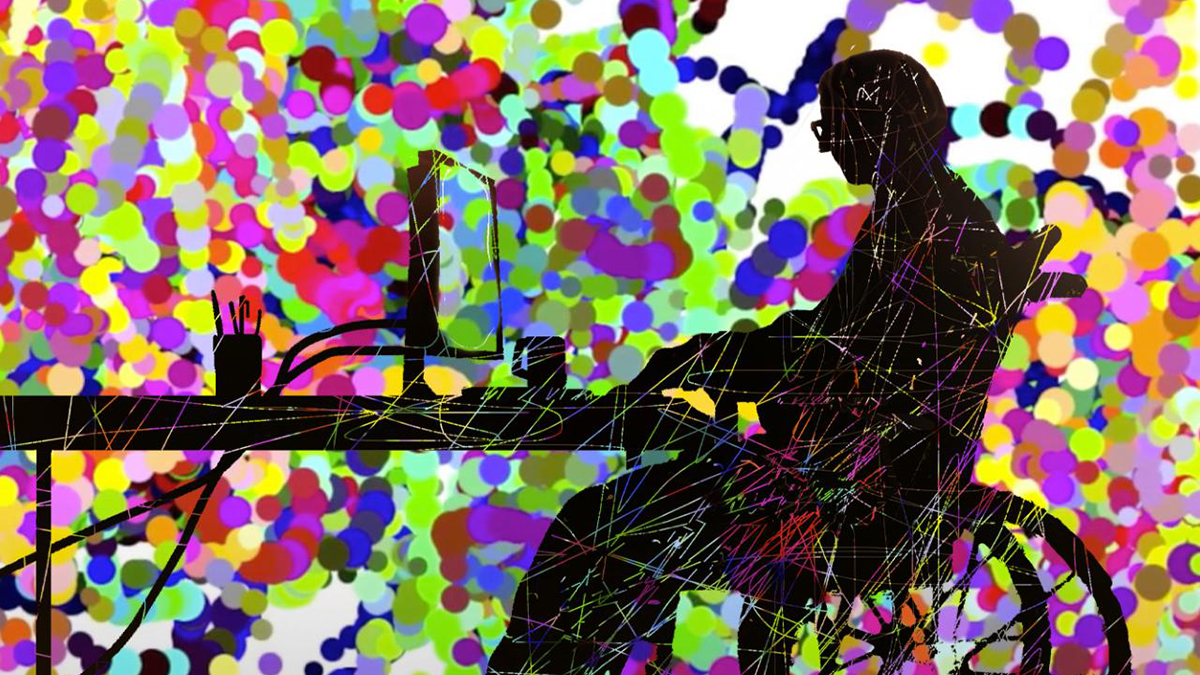 Video games with a healing touch
Video games with a healing touch How can gaming technology — or virtual reality — be a rehabilitation tool that engages someone recovering from a traumatic brain injury? How can it get them to enjoy the rigorous work? That’s the world Lise Worthen-Chaudhari lives in. Her revolutionary gaming therapy, Embedded Arts, helps patients recovering from brain injuries increase their range of motion control by creating abstract art through motion sensors.